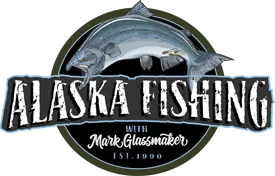FLY IN FISHING TRIPS ALASKA
Fly In Fishing trips in Alaska to remote places are much more than just a day of fishing. The float plane experience alone is something most will never forget. Once you step inside a turbine powered De Havilland Otter destined for a remote Alaska river, you will begin to sense what true Alaska Adventure involves.
These fly in trips offer incredible views of the Alaska Range and active volcanoes such as Mt Redoubt, Mt Spurr and Mt. Iliamna. The short flight takes you across Cook Inlet and gives you a glimpse of Alaska’s true remote wilderness. Once you arrive at your fishing destination, your fishing guide will escort you from the plane where the scenery, the wildlife and of course the fishing will transport you into another realm.
Experience The Best Fly-In Fishing Locations in Alaska
No matter what time of the summer you visit, we have an exciting remote fly out fishing trips available to meet your budget and angling interests. Below we have listed options for our best locations for fly out fishing in Alaska, along with run timing, available fishing methods, and costs. All our Alaska fly-out fishing trips include round-trip floatplane transportation, an experienced, professional Alaska fishing guide, boat (when needed), and all necessary fishing gear. Prepare for takeoff!
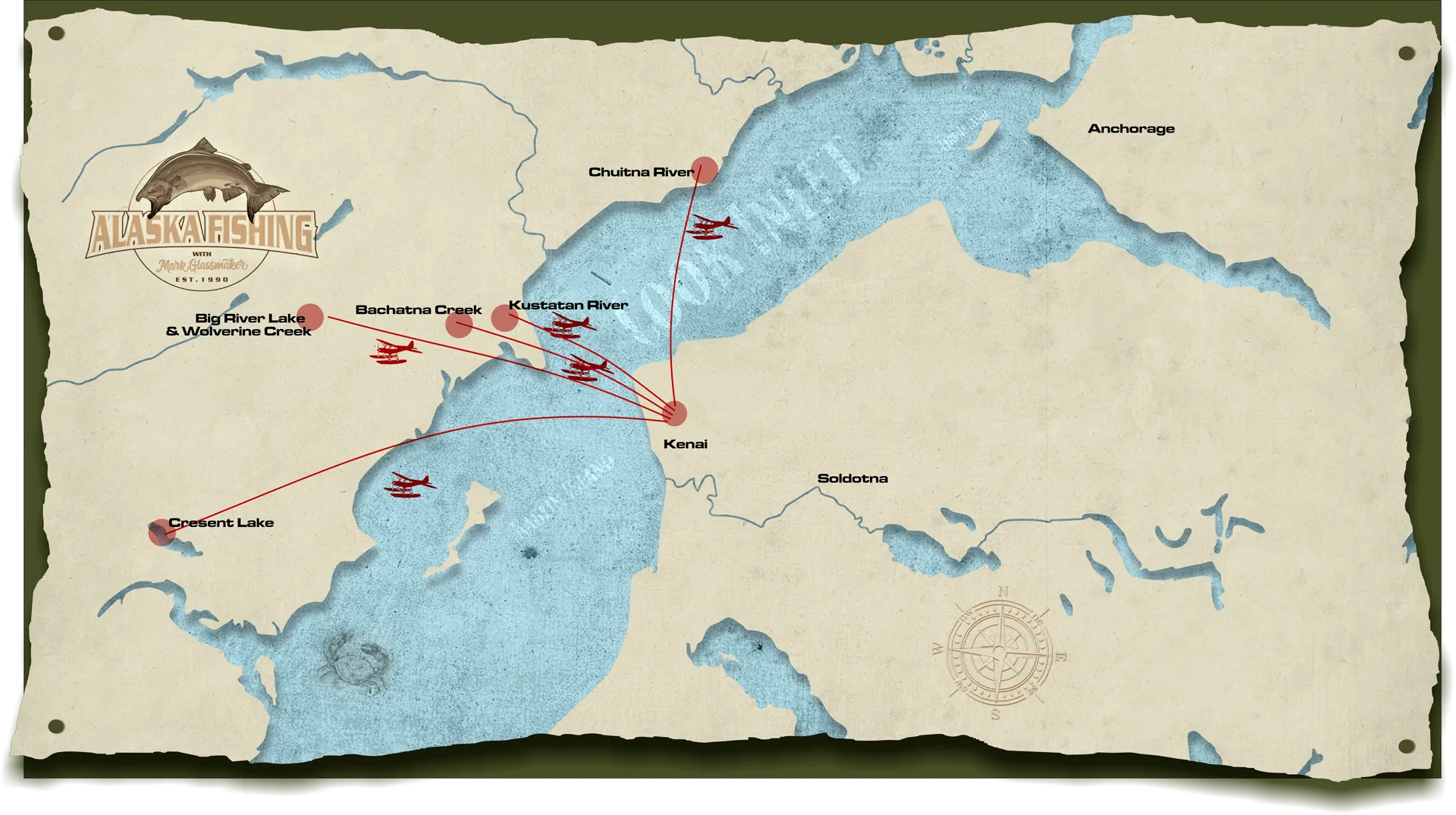
Things to Know About Alaska Fly In Fishing Trips
Fly out fishing trips by float plane are a truly amazing experience, but they are also much more expensive than taking a land-based guided fishing charter because of the added airfare. The farther the flight, the more costly the trip, therefore most Kenai Peninsula based flight services frequent the closest locations that offer the best fishing so that the trips are as affordable as possible. Many of our alaska fly in fishing trips with great salmon fishing also have very good bear viewing opportunities as the bears love to feast on salmon and are often fishing at the same time you are.
We feel at least one day of fly-in fishing in Alaska to a remote location will help to round out the perfect Alaska fishing adventure. While one could fill weeks exploring all our Kenai Peninsula fishing options, we always recommend our guests take the opportunity to experience at least one fly out remote location and spend some time where there are no roads and bears outnumber humans. With our own boats waiting for us when we arrive and the finest floatplanes and pilots available on the Kenai Peninsula, we guarantee a safe, comfortable high-quality Alaska fishing experience you will not soon forget. Book to experience fly in fishing trips Alaska today or consider booking one of our Alaska Fishing and Lodging Packages!
REMOTE ALASKA FLY-IN FISHING DESTINATIONS

Big River Lake – Wolverine Creek:
Big River Lake is located on the west side of Cook Inlet along the main Alaska Peninsula. This glacial lake sits at the base of the towering Alaska Range and is fed by several tributaries, including Wolverine Creek and the South Fork of the Big River. It hosts strong annual runs of both sockeye and silver salmon, making it not only a productive fishing destination but also one of the most reliable bear viewing locations in the region. Its one of the most popular fly-in fishing trips in Alaska.
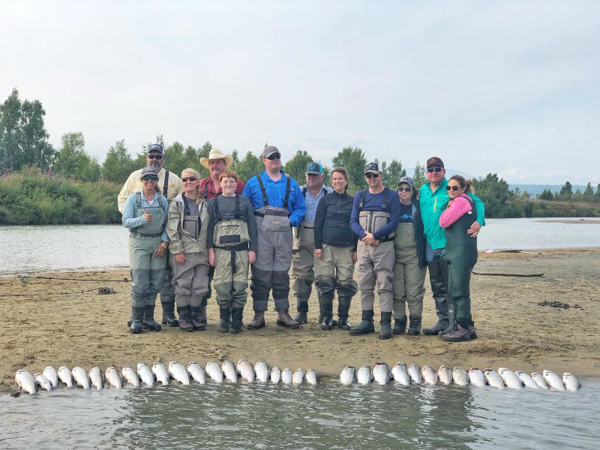
Kustatan River:
The Kustatan River is located on the West Forelands, just north of Big River Lake on the main Alaska Peninsula. It is considered one of the most prolific silver salmon-producing systems on the west side of Cook Inlet. The river is primarily fed by glacial runoff, along with seasonal snowmelt and rainfall. Relatively shallow and braided, the Kustatan is accessed by floatplane, which typically lands in a large freshwater slough just above the tidal zone. Wildlife is abundant in this remote area, with frequent sightings of both brown and black bears, as well as moose in the surrounding wetlands and willow thickets. This one of our favorite fly out fishing trips.
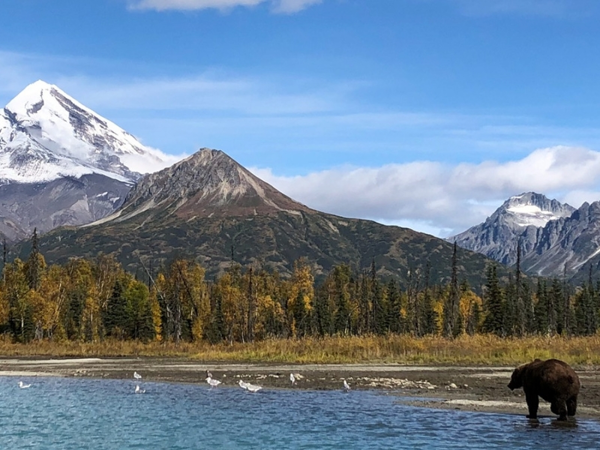
Crescent Lake:
Crescent Lake is located within the Lake Clark National Wildlife Preserve, nestled in the Alaska Range at the base of Mt. Redoubt Volcano. Crescent River hosts strong runs of sockeye and silver salmon, along with a smaller return of king salmon. In addition to salmon fishing, both Crescent Lake and its outflow, Crescent River, provide excellent opportunities for lake trout as well as a large population of dolly varden/char. Crescent Lake is not only a premier fishing destination—it is also one of Alaska’s most renowned bear-viewing locations. The dramatic mountain backdrop paired with the lake’s striking turquoise waters makes Crescent Lake and Crescent River among the most scenic and memorable fly out fishing trips.
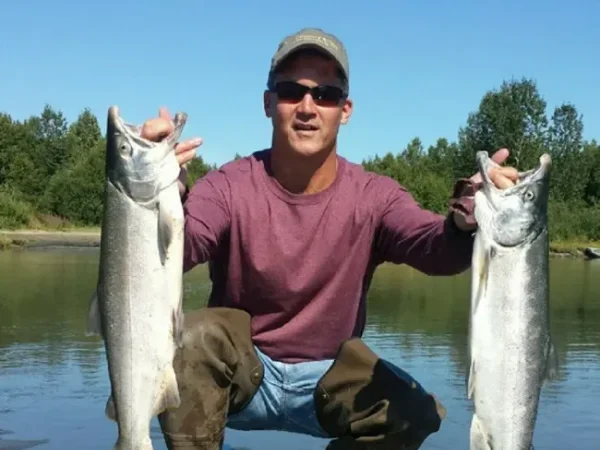
Bachatna Creek:
Bachatna Creek is a small coastal drainage on the west side of Cook Inlet, located between Big River Lake and the Kustatan River. Unlike many glacial systems, this clear-water stream is fed by tannin upwellings and boreal swamps, giving it a shallow, sandy-bottom character. In the fall, Bachatna Creek fills with silver salmon and offers excellent conditions for fly fishing. Access, however, can be unpredictable. Floatplane landings often depend on fluctuating beaver dams and the ponds they create, making travel to this otherwise productive stream somewhat inconsistent.
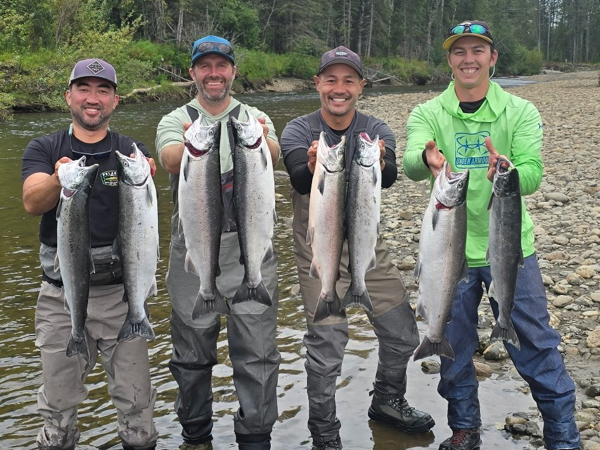
Chuit River:
The Chuit River is a snow-fed coastal river on the west side of Cook Inlet, located near the town of Beluga and the Native village of Tyonek. Access is limited and typically arranged through local Native transport from nearby floatplane-accessible lakes. This is a true walk-and-wade river, offering excellent opportunities for both sight fishing and fly fishing for silver salmon in a pristine, remote setting.
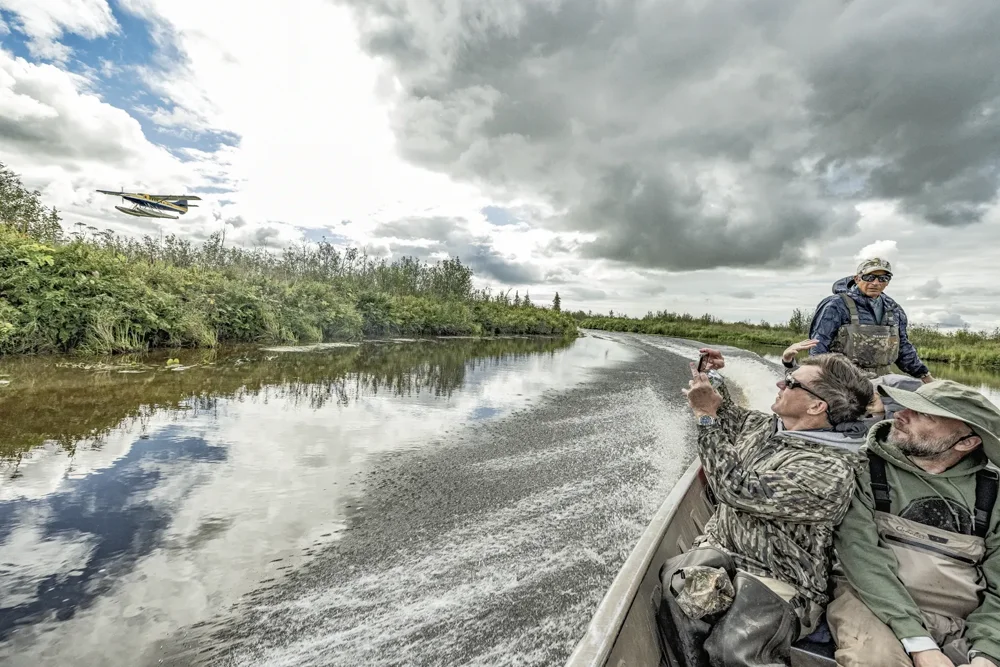
Questions People Ask About Fly in Fishing Trips Alaska
What are fly out fishing trips like?
How much do Alaska fly in fishing trips cost?
How often do you see bears and wildlife on your fly out trips?
Can I combine fly out fishing with flight seeing?
What's included in a fly in fishing trip?
How long do the fly in trips last?
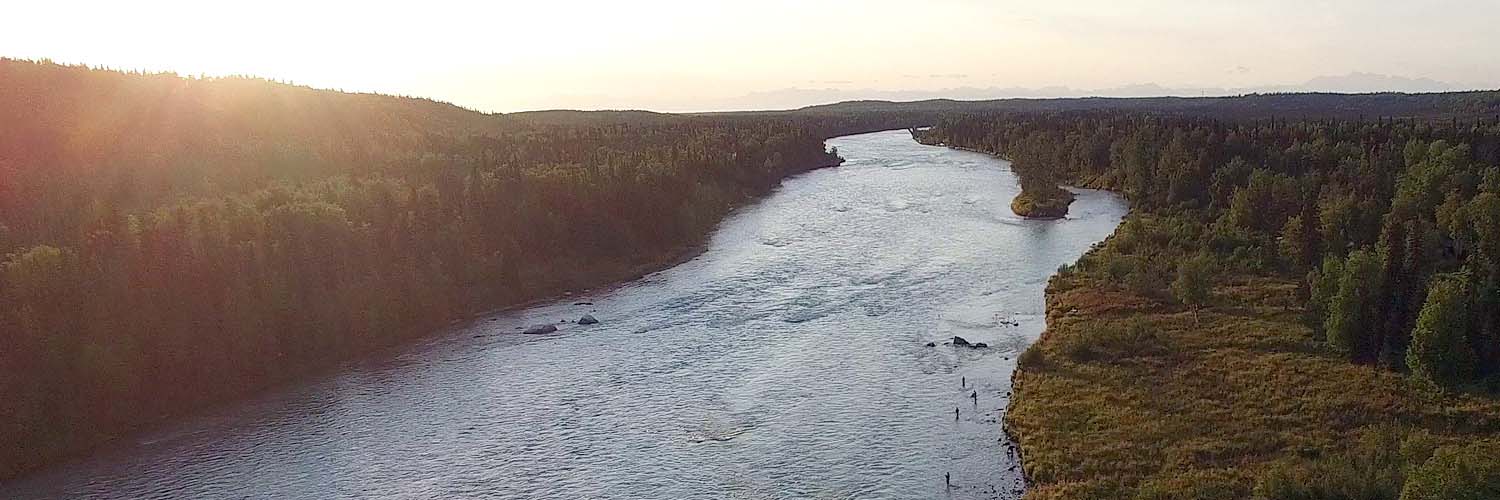
LEARN MORE ABOUT OUT FLY IN FISHING TRIPS ALASKA
Explore our top spots for guided fishing trips on the Kenai River, Kasilof River and West Cook Inlet as well as our options for fly in fishing adventures

Fly In Fishing Trips Alaska – Book Online
